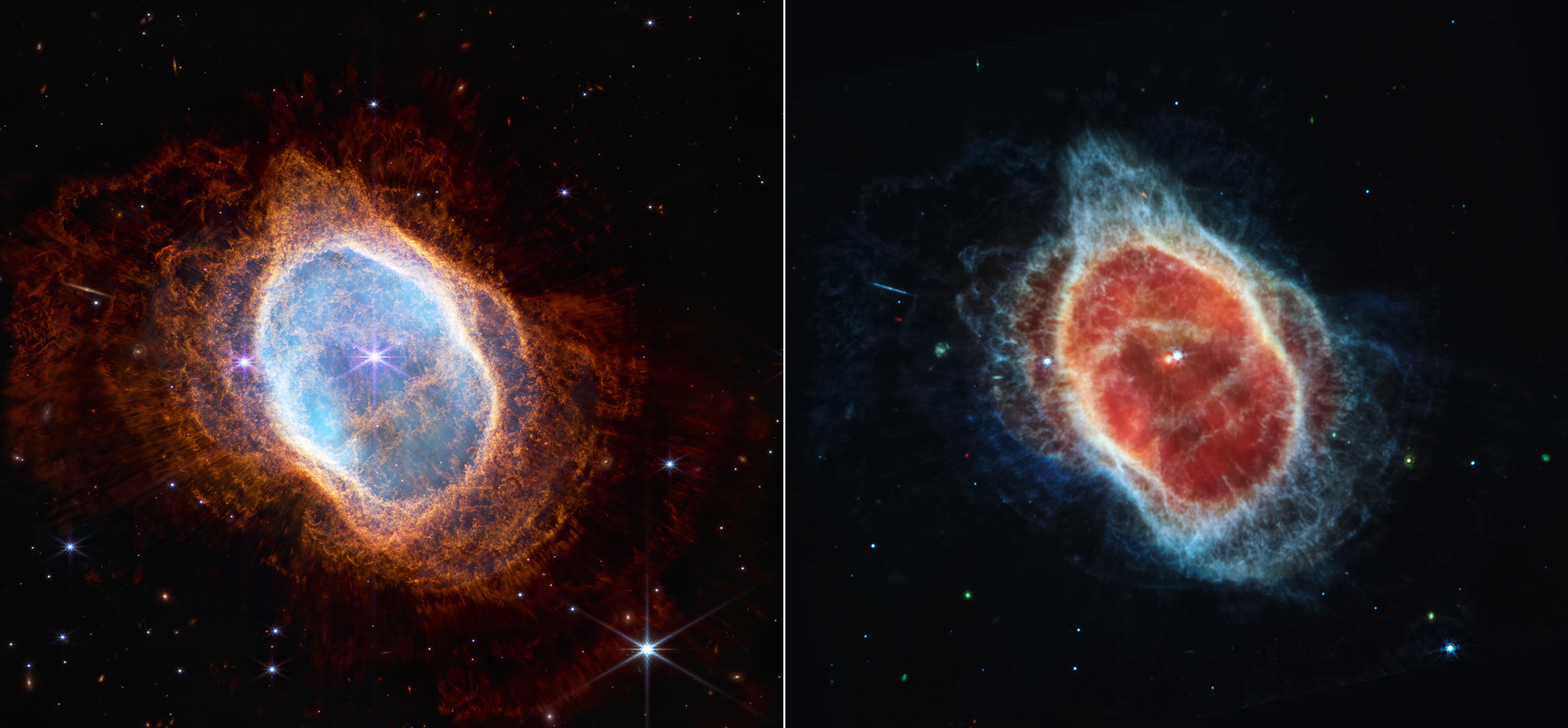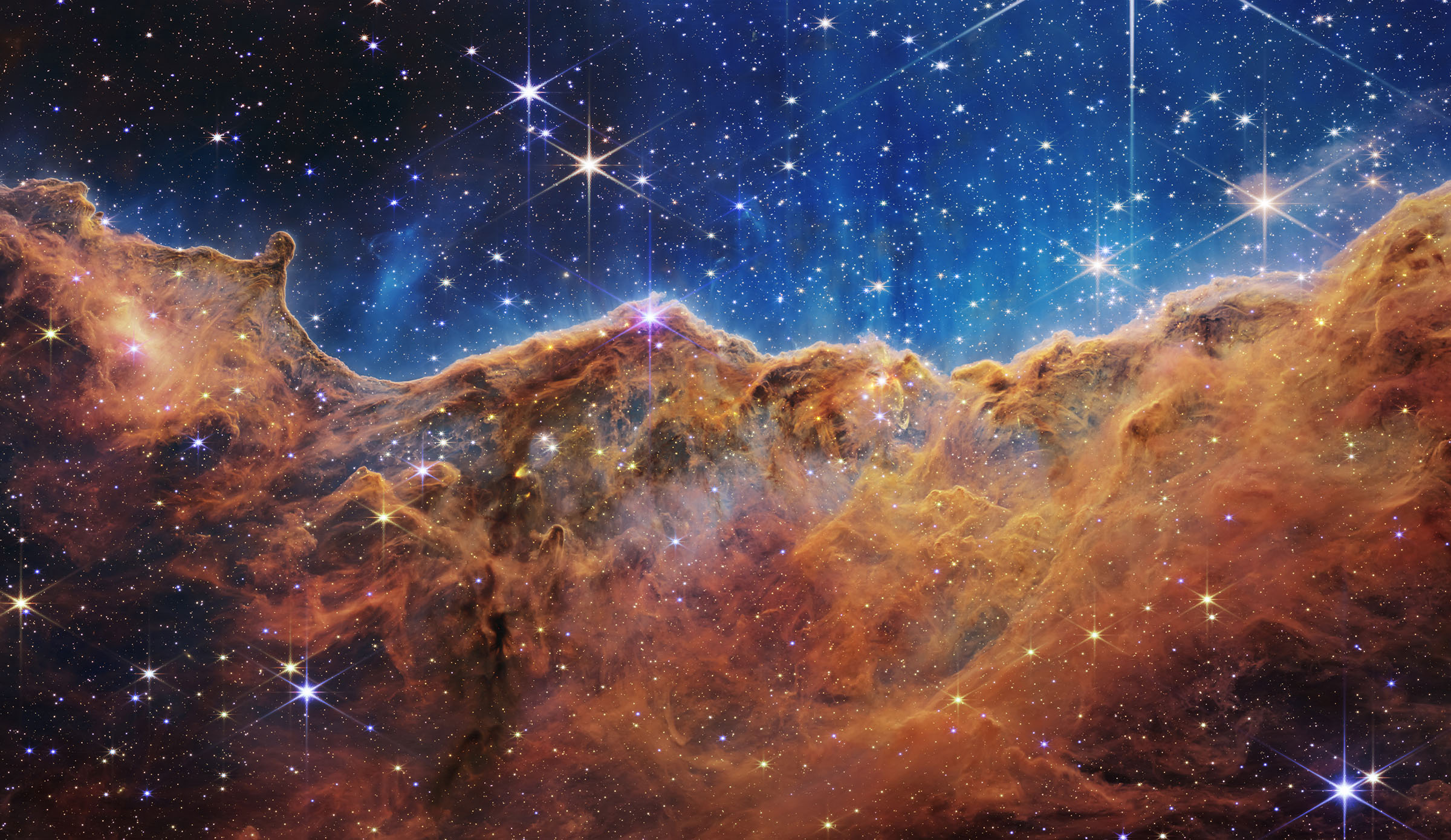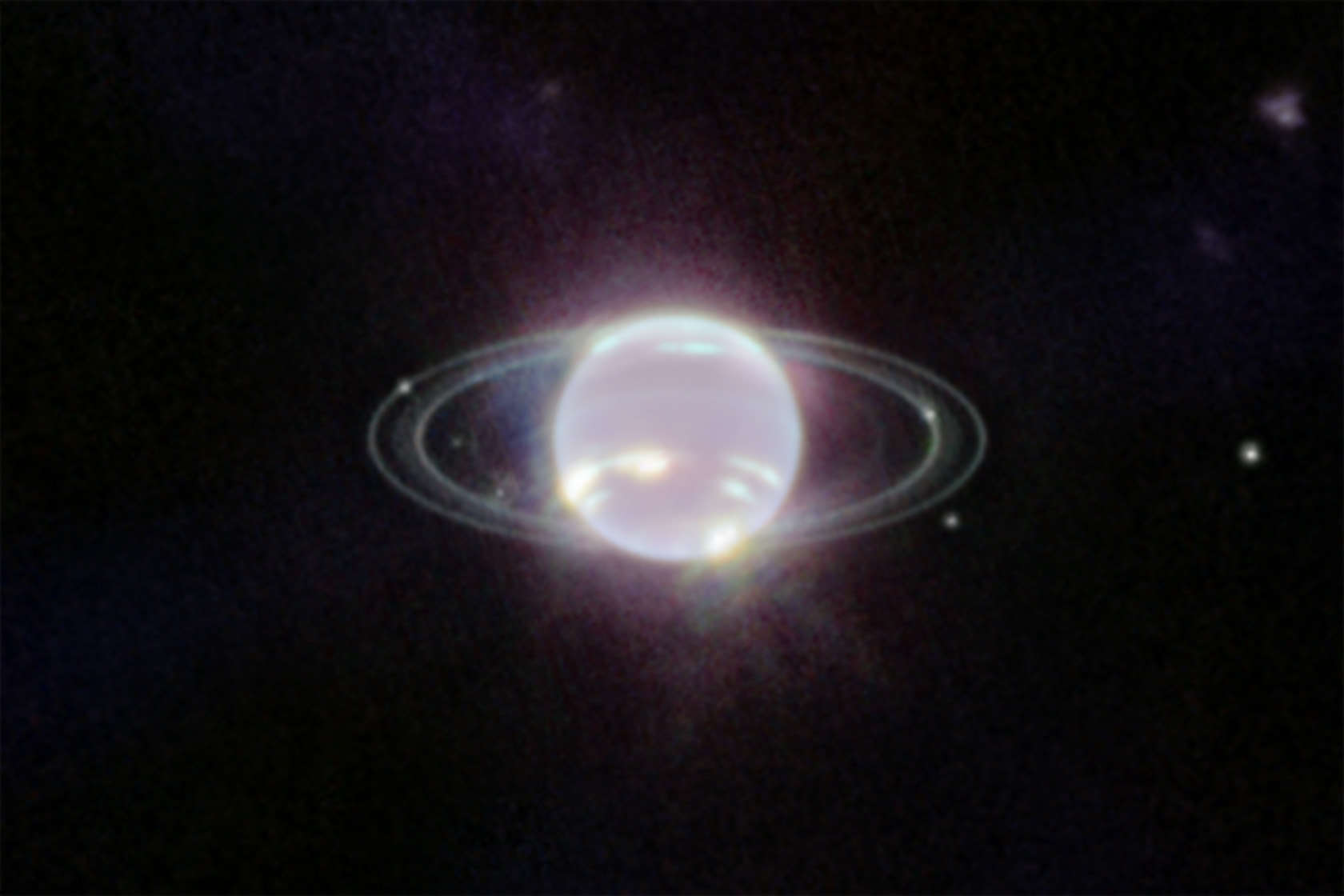The James Webb Space Telescope has been on a quest to study the furthest reaches of the cosmos for more than a year. We have witnessed some incredible events throughout that period, and Webb has gathered a ton of information about exoplanets located millions of light-years away. Let’s look at the top James Webb photos from 2022 to mark the end of the year.
Starting off strong was always on the team’s mind when sending James Webb out into the world, as made apparent by its absolutely breathtaking images of the Southern Ring Nebula, Stephan’s Quintet, and the Carina Nebula.

The Southern Ring Nebula. Image source: NASA, ESA, CSA, and STScI
These three iconic photos were captured by the space telescope to officially celebrate its mission launch, and it shouldn’t come as a surprise that the first Webb images have made it to a list of the best James Webb images of 2022. What’s more, the images captured by James Webb have only continued to become even more amazing, which means the oohs and aahs are just getting started.

The Carina Nebula. Image source: NASA, ESA, CSA, and STScI
Next up on the list of the best Webb images of 2022 is a personal favorite of mine, and one that the Webb team should be extremely proud of. This image of the Tarantula Nebula captures the gas-filled star nursery, giving us a beautiful look at the wispy, dusty filaments that previous telescopes had captured. This time, though, Webb gave us an even deeper look at it.

The Tarantula Nebula. Image source: NASA, ESA, CSA, STScI, Webb ERO Production Team
But the space telescope didn’t stop there. In fact, it turned things up even more by capturing a breathtaking image of a newly birthed protostar known as L1527. This image of the protostar looks almost like a fiery hourglass in space, giving off some fantastic science fiction vibes in the process. It’s a chaotic look that helped make this one of the best James Webb images of 2022.

A fiery hourglass in space, created by a newly birthed protostar. Image source: NASA, ESA, CSA, and STScI. Image processing: J. DePasquale, A. Pagan, and A. Koekemoer
Of course, there are always plenty of other images to go on and on about, and to be honest, Webb has accomplished a lot just in the past six months that it has been operational. From the clearest photo of Neptune ever to a more in-depth look at the Martian atmosphere, James Webb has been put through its paces.

The clearest image of Neptune ever captured. Image source: NASA, ESA, CSA, STScI
Choosing the best James Webb images of 2022 is a bit of a disservice, to be honest, as everything the telescope has accomplished this year has helped push the boundaries of what we know about our universe. And we’re still expecting even bigger and better things to come later on in 2023, as Webb continues to dig into the earliest parts of our universe.
Perhaps we’ll even see more looks at the Pillars of Creation, another favorite snap that Webb was able to capture earlier this year.
Source: bgr.com





